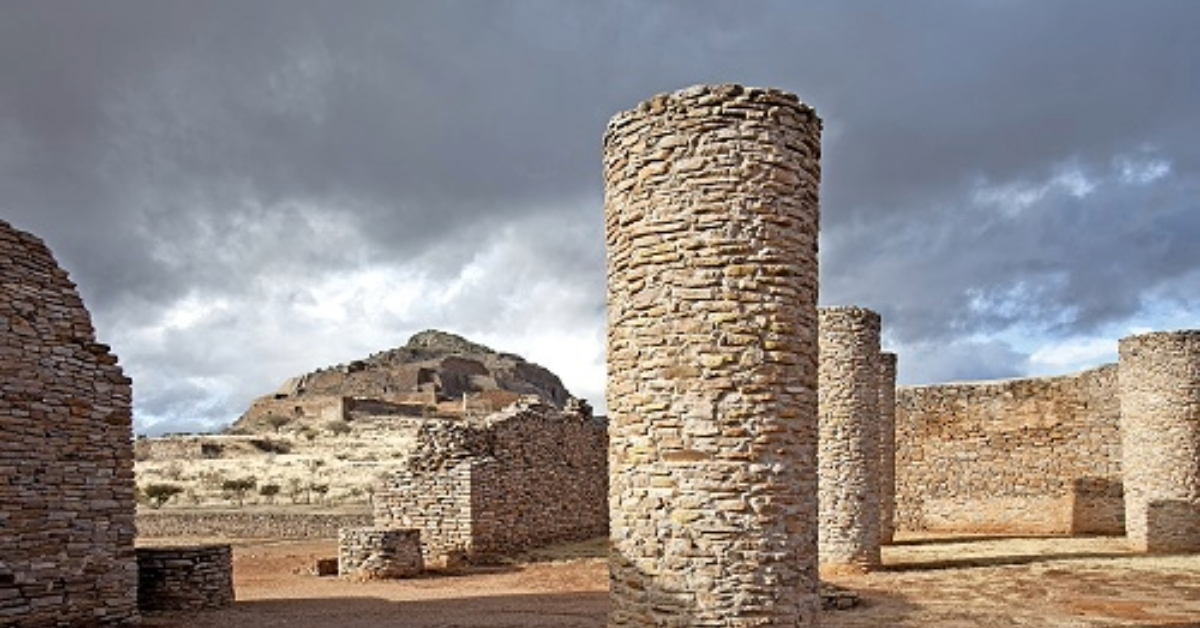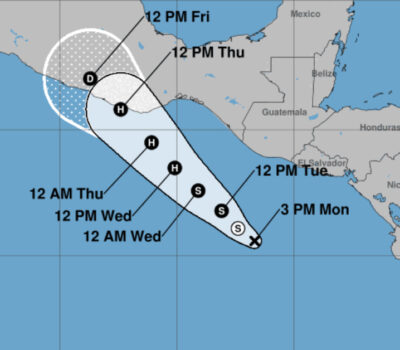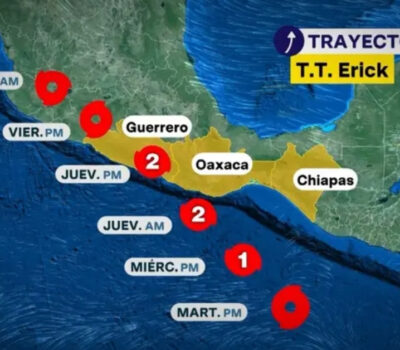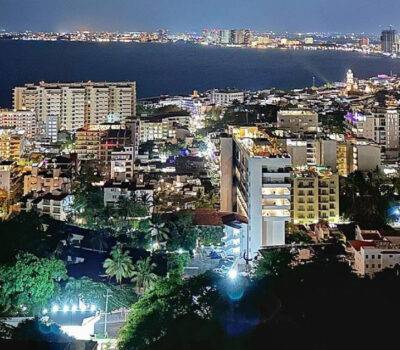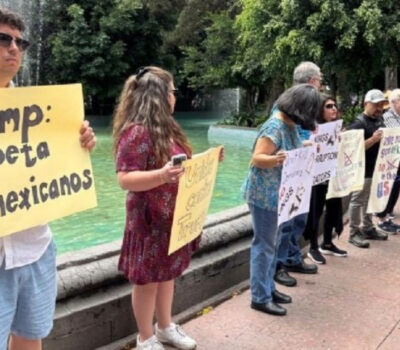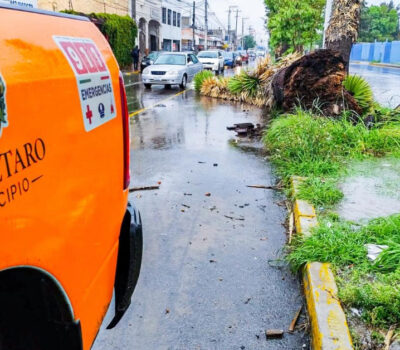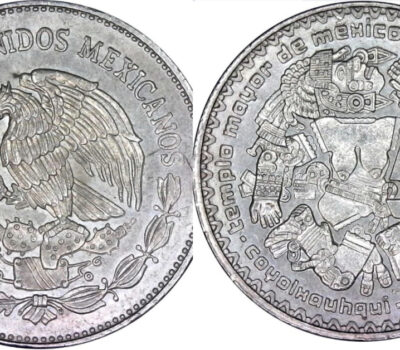From La Quemada’s stone citadel to Altavista’s solstice-aligned sun gate, Zacatecas offers a glimpse into northern Mexico’s rich and overlooked pre-Hispanic heritage.
When people think of Mexico’s most iconic archaeological sites, they often picture the great pyramids of Teotihuacan, the sprawling ruins of Chichén Itzá, or the intricate carvings of Palenque. These ceremonial centers, located mostly in the central and southern parts of the country, have long dominated the narrative of pre-Hispanic Mesoamerica. But hundreds of kilometers to the north, in the state of Zacatecas, lie ancient cities that tell a different—and often overlooked—story of monumental architecture, ritual complexity, and vast trade networks.
Zacatecas is home to some of the most fascinating and enigmatic archaeological sites in northern Mesoamerica. These ruins stand out not only for their scale and sophistication, but also for their astronomical alignments, strategic placement in highland landscapes, and their roles in connecting ancient trade routes. For travelers and history lovers, these sites offer a rare chance to explore another side of Mesoamerica—one shaped by the desert, mountains, and sky.
La Quemada: Fortress, Ritual Site, or Trade Hub?
One of the most impressive sites in Zacatecas is La Quemada, located just 50 kilometers south of the state capital. This fortified city of stone, perched high on a hill, presents a mysterious blend of military, ceremonial, and possibly commercial functions. Its standout features include the Hall of Columns, a large ball court, and a network of stone causeways that seem to connect it to the surrounding region.
Archaeologists continue to debate the city’s original purpose. The site’s elevated position and defensive architecture—including walls, terraces, and massive structures—suggest it could have served as a military stronghold. Others argue for a ceremonial or religious function, given the presence of ritual platforms and public spaces. Some researchers believe La Quemada may have operated as a key junction along ancient trade routes, facilitating the exchange of goods between the central Mexican highlands and the northern frontier.
Regardless of its precise role, La Quemada stands as a powerful testament to the complexity and sophistication of pre-Hispanic societies in northern Mexico.
Altavista: Aligned With the Sun and Stars
Farther west, in the municipality of Chalchihuites, lies the Altavista archaeological site—an ancient ceremonial city renowned for its astronomical precision. Altavista’s “sun gate” is particularly notable: it aligns with the sun during solstices and equinoxes, a clear indication of the builders’ deep understanding of celestial cycles.
Associated with the Chalchihuites culture, Altavista was located along the northern edge of Mesoamerica, where cultural and economic exchanges between different regions were common. Artifacts suggest it played a vital role in the trade of valuable resources like turquoise, obsidian, and marine shells.
The site includes ceremonial patios, stepped platforms, mounds, and a series of aligned structures—many of which appear to have been used for religious purposes. Its network of causeways suggests a carefully planned ceremonial layout that likely served both spiritual and sociopolitical functions.
Cerro del Teúl: A City of Continuity and Craft
In the southern part of Zacatecas, in the municipality of Teúl de González Ortega, sits Cerro del Teúl, a remarkable archaeological site known for its longevity and diversity. What makes this site especially unique is its continuous occupation for more than 1,500 years, a rare phenomenon in Mesoamerican archaeology.
Excavations have uncovered a variety of structures and features: residential homes, temples, food production zones, and even ceramic workshops. One of the most exciting discoveries is a pre-Hispanic mezcal distillation facility, believed to be the oldest of its kind in the Americas. This find not only highlights the site’s innovation but also its deep integration into local cultural practices that continue to this day.
The hill itself played a dual role, serving both strategic defensive purposes and ritual activities. Its commanding view of the surrounding valley suggests it was as much a spiritual hub as it was a practical settlement.
Las Ventanas: Rock-Cut Chambers in the Cliffs
Near the town of Juchipila, the Las Ventanas archaeological site offers another striking example of the ingenuity and symbolism of northern Mesoamerican societies. The site gets its name from window-like cavities carved directly into the rock face of a mountain cliff. These “windows” functioned as entrances to ceremonial or storage chambers carved within the stone.
Unlike most Mesoamerican cities built with freestanding architecture, Las Ventanas is partially excavated directly into the mountain, a rare technique that points to both engineering skill and religious symbolism. From the site’s summit, visitors are treated to panoramic views of the Juchipila River valley, reinforcing theories that the site served both ritual and defensive roles.
Las Ventanas is believed to have been occupied by the Aztatlán culture, which flourished between the 9th and 13th centuries. This culture maintained trade and cultural links with other parts of western and northern Mexico, further supporting the idea that Zacatecas was not an isolated frontier but a dynamic zone of interaction.
A Rich Legacy in the North
Taken together, these four archaeological sites—La Quemada, Altavista, Cerro del Teúl, and Las Ventanas—reveal a northern Mexico rich in history, culture, and complexity. Long overshadowed by the monumental cities of the central and southern regions, the ancient civilizations of Zacatecas now emerge as crucial pieces of the Mesoamerican puzzle.
For those willing to explore beyond the usual tourist routes, Zacatecas offers a profound and authentic journey into a lesser-known past—one filled with ancient cities carved into cliffs, solstice-aligned monuments, and the oldest distillery in the Americas. It’s a region where you don’t just walk through ruins—you walk through the stories of traders, astronomers, priests, and builders who shaped the desert and mountain landscapes into living testaments of civilization.
From La Quemada’s stone citadel to Altavista’s solstice-aligned sun gate, Zacatecas offers a glimpse into northern Mexico’s rich . . .

